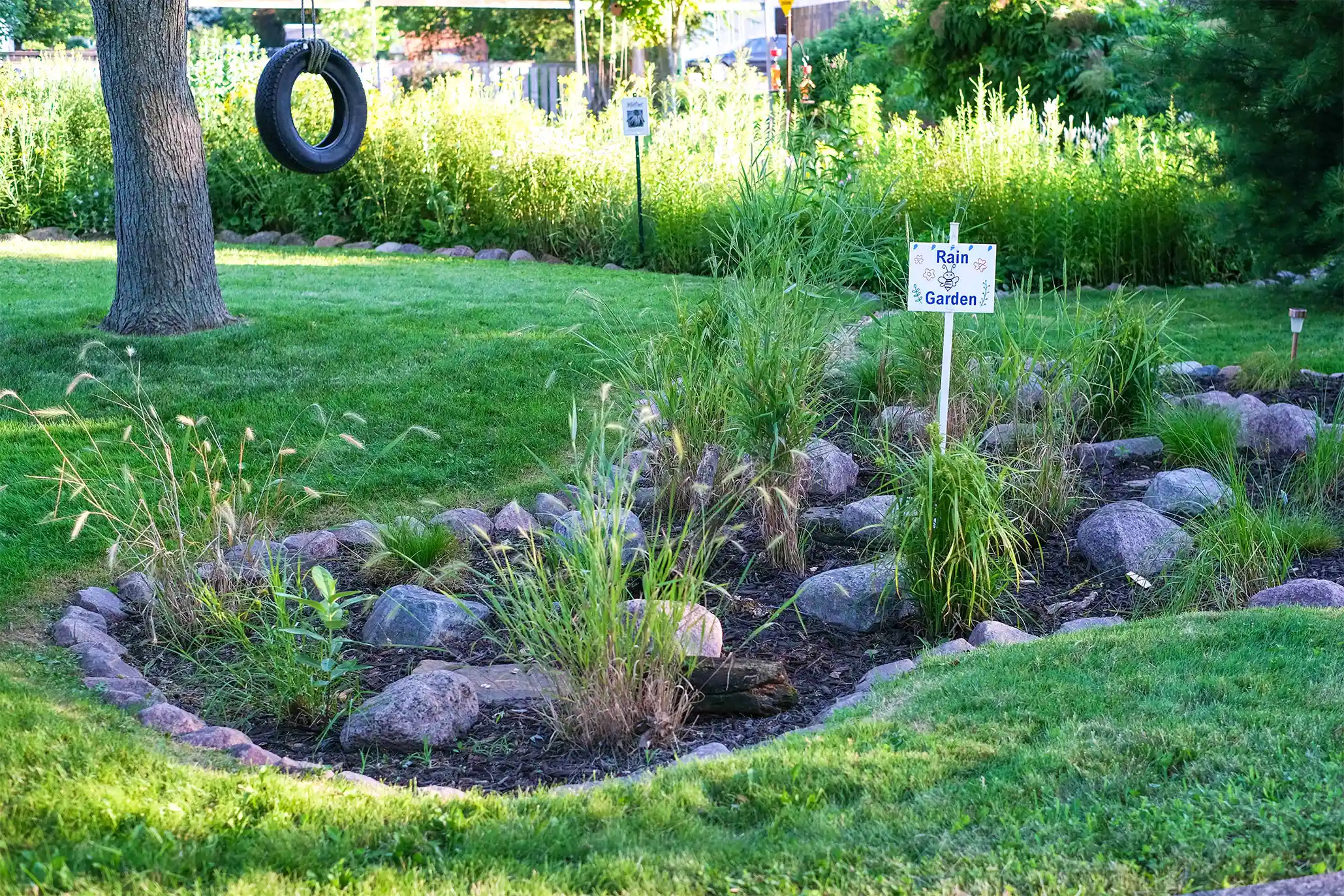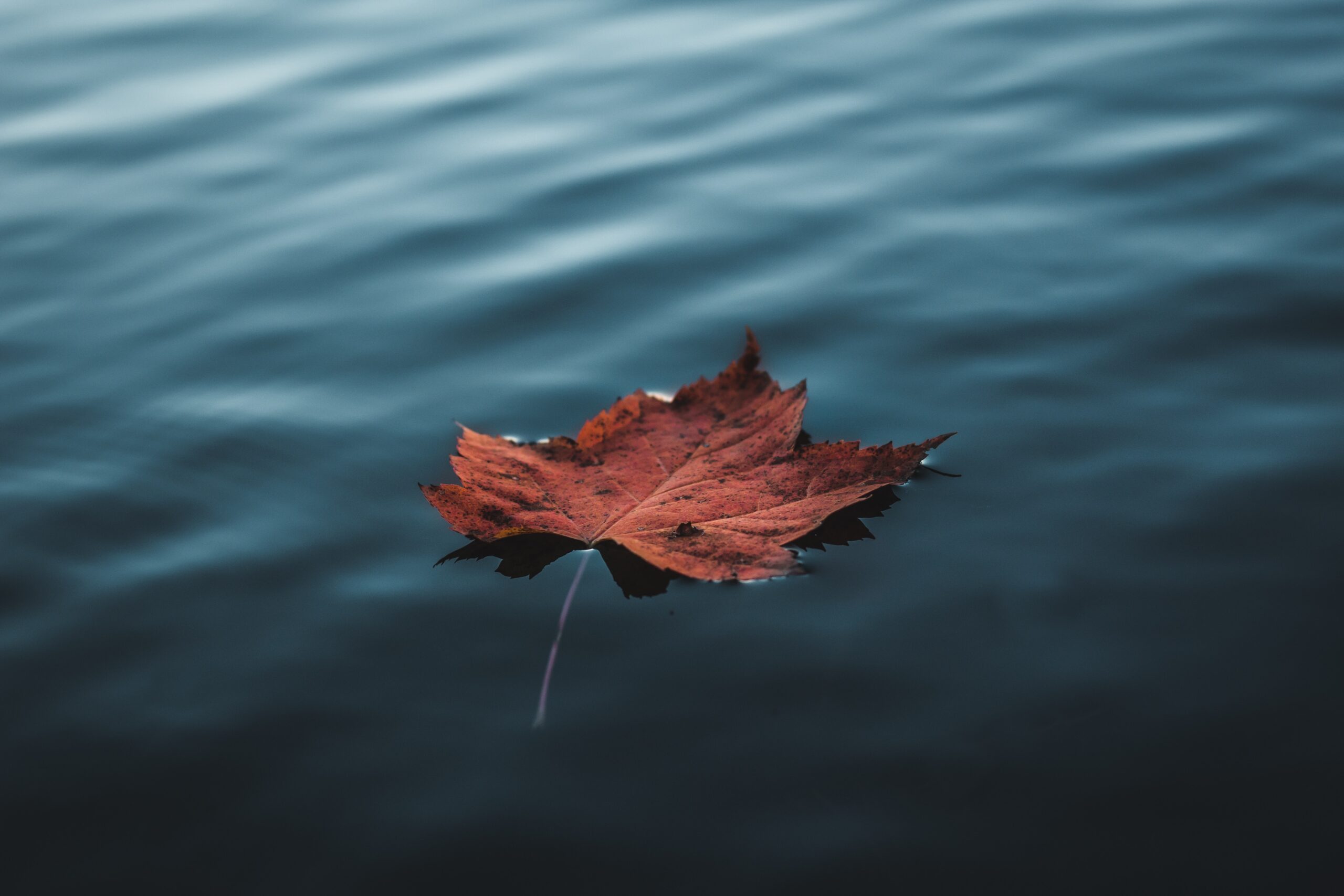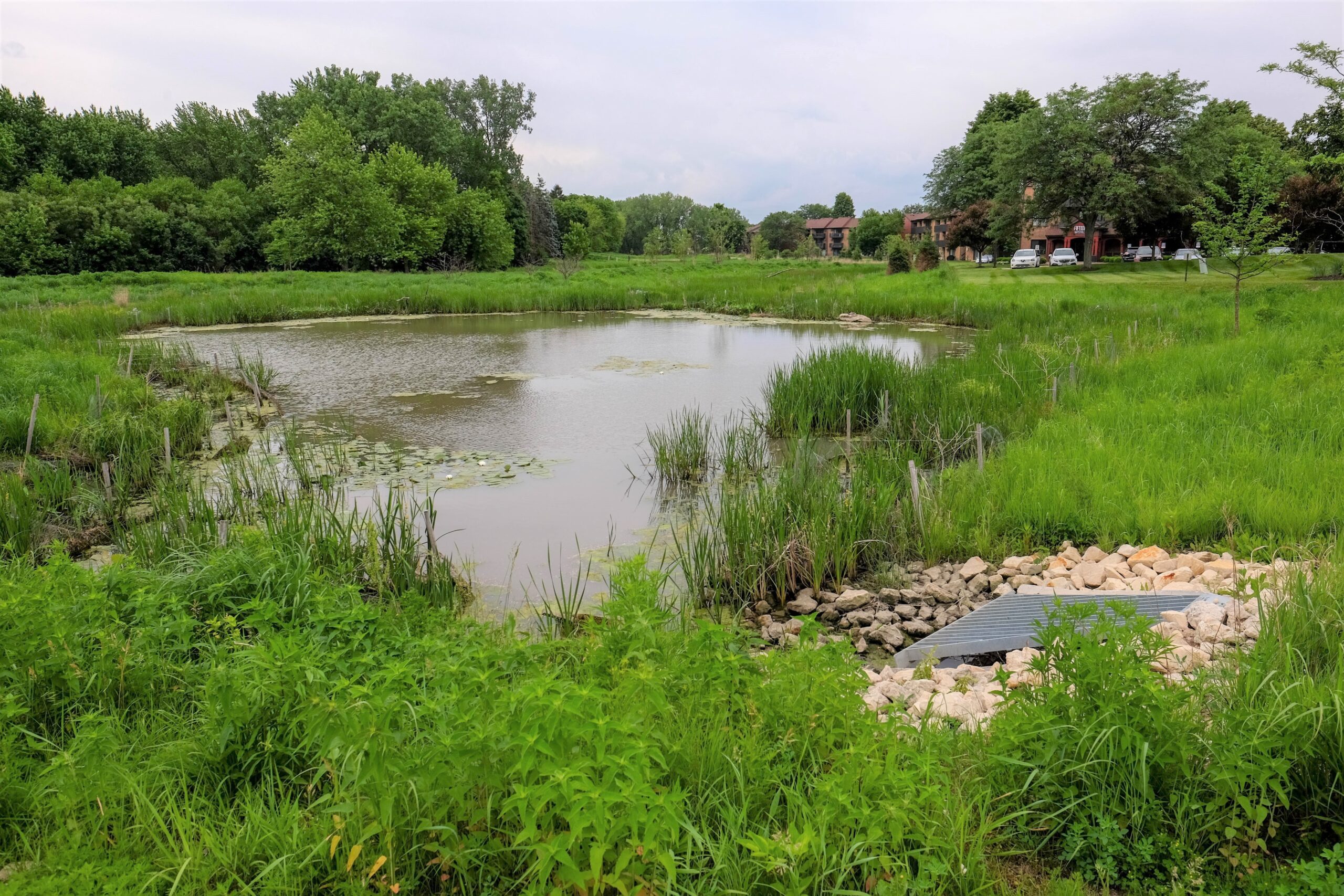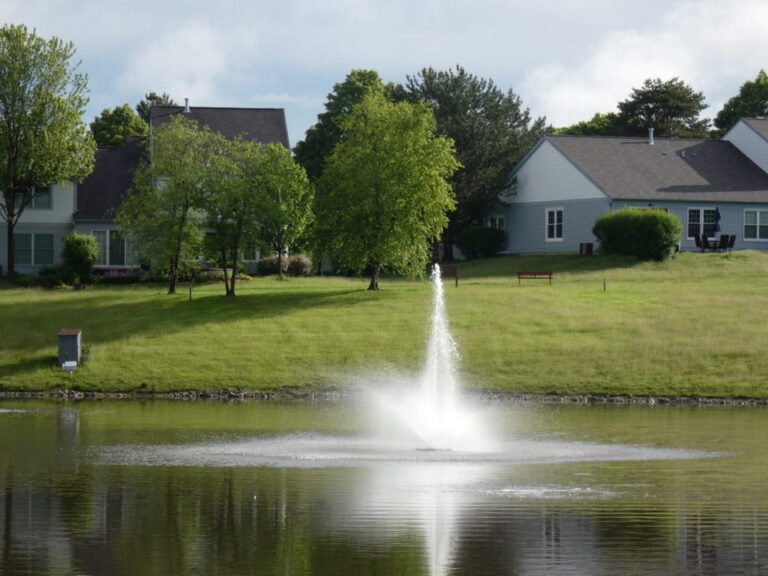
Stormwater Solutions: Native Plants for Rain Gardens
These native plants will thrive in your rain garden and work to soak up excess stormwater while also adding beauty and habitat.

These native plants will thrive in your rain garden and work to soak up excess stormwater while also adding beauty and habitat.

These native plants will thrive in your rain garden and work to soak up excess stormwater while also adding beauty and habitat.

As rain falls and flows through piles of leaves, nutrients quickly leach out of leaves and end up in nearby rivers and streams.

To protect our rivers, it’s important to prevent fall leaves from getting into the street and into storm drains.

Invasive plants like cattails and phragmites can make your neighborhood detention pond less effective at managing stormwater.

Shoreline erosion is a common problem with detention basins. The loose sediment can make the water murky and feed algae.

Inlet and outlet structures of stormwater detention ponds need to be clear to prevent flooding in your neighborhood.

Stormwater detention basins in your neighborhood help to reduce flooding. Your actions can impact how well they manage stormwater.

A native buffer, or strip of native vegetation, can be added around the shoreline to restore a deteriorating detention pond.

Learn the purpose of your neighborhood detention pond and how to know when it needs maintenance to stay functional and attractive.

For a thriving garden, plant native plants in conditions where they are well adapted. Consider these tips when adding natives to your yard.

Integrate native plants into your gardens for beautiful, lower maintenance landscaping that supports local wildlife.

Native trees are a great way to enhance your landscape while adding benefits to the environment in return.